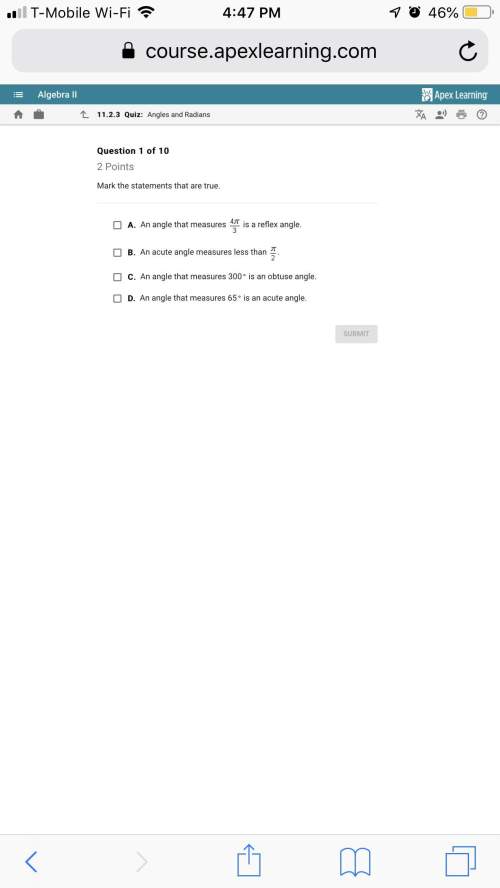
Mathematics, 06.05.2020 08:41 tjuicy1
Independent random samples are selected from two populations and are used to test the hypothesis H0:(μ1−μ2)=0H0:(μ1−μ2)=0 against the alternative Ha:(μ1−μ2)≠0.Ha:(μ1−μ2)≠0. An analysis of 233 observations from population 1 and 312 from population 2 yielded a p-value of .115.
a). Interpret the results of the test.
b). If the alternative hypothesis had been Ha:(μ1−μ2)<0,Ha:(μ1−μ2)<0, how would the p-value change? Interpret the p-value for this one-tailed test.

Answers: 3


Other questions on the subject: Mathematics


Mathematics, 21.06.2019 18:30, 987654321156
The volume of gas a balloon can hold varies directly as the cube of its radius. imagine a balloon with a radius of 3 inches can hold 81 cubic inches of gas. how many cubic inches of gas must be released to reduce the radius down to 2 inches?
Answers: 1

Mathematics, 21.06.2019 22:30, bradenhale2001
I’m really confused and need your assist me with this question i’ve never been taught
Answers: 1

Mathematics, 21.06.2019 23:30, jwbri
If the car had not hit the fence, how much farther would it have skidded? solve the skid-distance formula to find the extra distance that the car would have traveled if it had not hit the fence. round your answer to two decimal places. note that unit conversion is built into the skid distance formula, so no unit conversions are needed.
Answers: 2
You know the right answer?
Independent random samples are selected from two populations and are used to test the hypothesis H0:...
Questions in other subjects:

Mathematics, 07.04.2020 23:10




History, 07.04.2020 23:10





English, 07.04.2020 23:10




